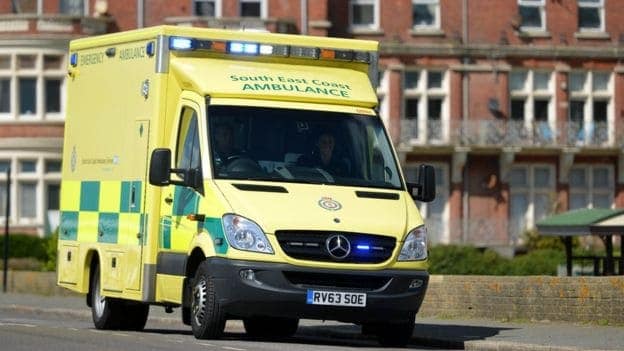
South East Coast Ambulance SECAMB
An ambulance trust SECAMB is being investigated after reports of bullying and harassment and an “unfit for purpose” dispatch system.
Long call waits and out-of-date maps affected the service offered by the South East Coast Ambulance Trust (Secamb), which now faces investigation by the Care Quality Commission (CQC).
The Department of Health said: “poor leadership” had “put safety at risk”.
The trust said it was working hard to address the issues raised.
Last October it emerged that Secamb, which covers Sussex, Surrey and Kent, had delayed sending help for certain calls to allow extra time for patient assessments.
Its chairman, Tony Thorne, resigned in March, and chief executive Paul Sutton left the trust in May
The latest revelations concern the computer-aided dispatch system (CAD) used to send out ambulances to emergency calls.
Staff have told the BBC about problems with the ambulance dispatch system, with calls not answered quickly enough and out-of-date maps for crews.
An internal memo sent in May this year said there had been continuous problems with the system.
Targets missed
Preliminary findings during a CQC inspection the same month were leaked to the BBC, and include concerns that the system did not appear to have been updated to provide “the most contemporaneous record of addresses.”
In addition, it said it had “received a number of calls from staff following the inspection indicating a continuing culture of bullying and harassment” and that “accountability is absent in many areas”.
Call handlers told the BBC they were “missing” 1,000 calls a week – a term used when callers are held on the line for longer than the five-second target.
Ambulances were also widely missing key arrival time targets of eight minutes for the most serious cases, which include patients not breathing and cardiac arrests.
And an internal memo seen by the BBC, sent by Geraint Davies, the acting chief executive, said that having reviewed the initial feedback of the CQC, there were “very serious concerns” including “serious system weaknesses”.
Mr Davies added: “It’s fair to say that many of these won’t come as a surprise and are areas of weakness that the trust has been aware of for some time.
“It’s equally fair to say that, despite awareness, not a great deal has been done to really address these issues adequately.”
‘Subject to review’
Staff said that bullying had contributed to the problems, while the CQC said: “The number of outstanding grievances within the executive team itself is also a serious concern.”
Linda Southouse, who worked at the trust as an emergency call handler, said: “You could be in the middle of a call and the computer system will fail – you have to go into the emergency screen, which is not conducive to good practice – it doesn’t help you with your call.
“I ended up in tears most days. And the pressure just builds up and it gets so bad. I had chest pain which I thought was a heart attack and I was admitted to hospital, but it was stress that was causing it, not heart pain.”
Paul Maloney, of the GMB union, said: “The trust has lost the confidence of the public and have lost the confidence of their employees and I think there should now be a public inquiry run by the health service select committee in parliament.
“These people are providing a service to the public and they are in well-paid positions. There are a few people within the trust that’s key to what happened and I don’t think they can be allowed to have responsibility for the running of the trust until there’s a proper full inquiry into this.”
In a statement, Secamb said: “We do recognise that system issues can cause frustration for staff but these matters are subject to review.
“Fortunately critical issues with the system are rare and the impact on patients is minimal. However, the trust is keen to improve the CAD’s reliability and is working hard to address this.”
A spokesman for the Department of Health said: “We await the full report from the CQC, but it seems clear that poor leadership at the South East Coast Ambulance Service has put safety at risk, which is totally unacceptable – patients and staff deserve better.
“The chief executive and the chairman at the trust have recently been replaced and we expect to see immediate improvements made.”
“We await the full report from the CQC, but it seems clear that poor leadership at the South East Coast Ambulance Service has put safety at risk, which is totally unacceptable – patients and staff deserve better.
“The chief executive and the chairman at the trust have recently been replaced and we expect to see immediate improvements made.”
Like this:
Like Loading...



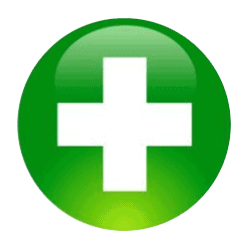
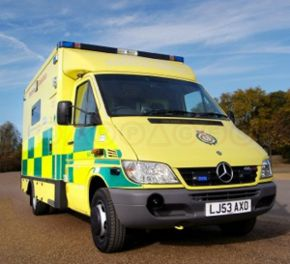













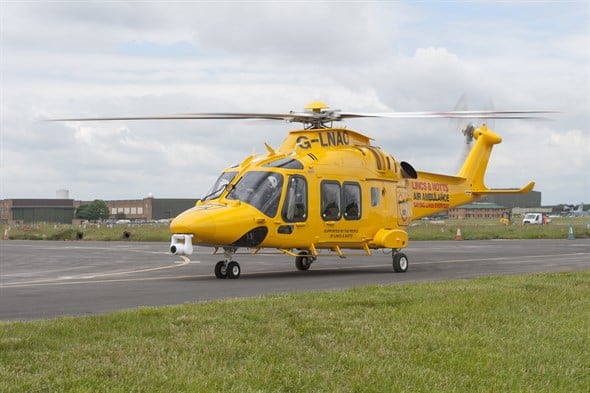
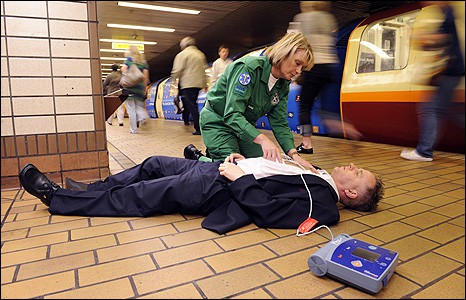

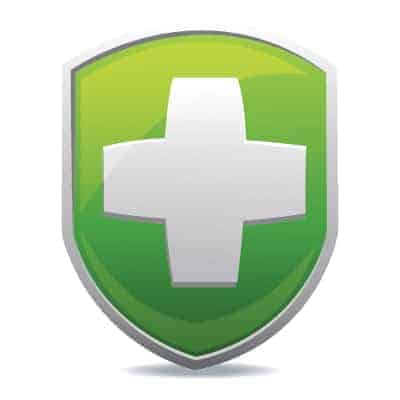


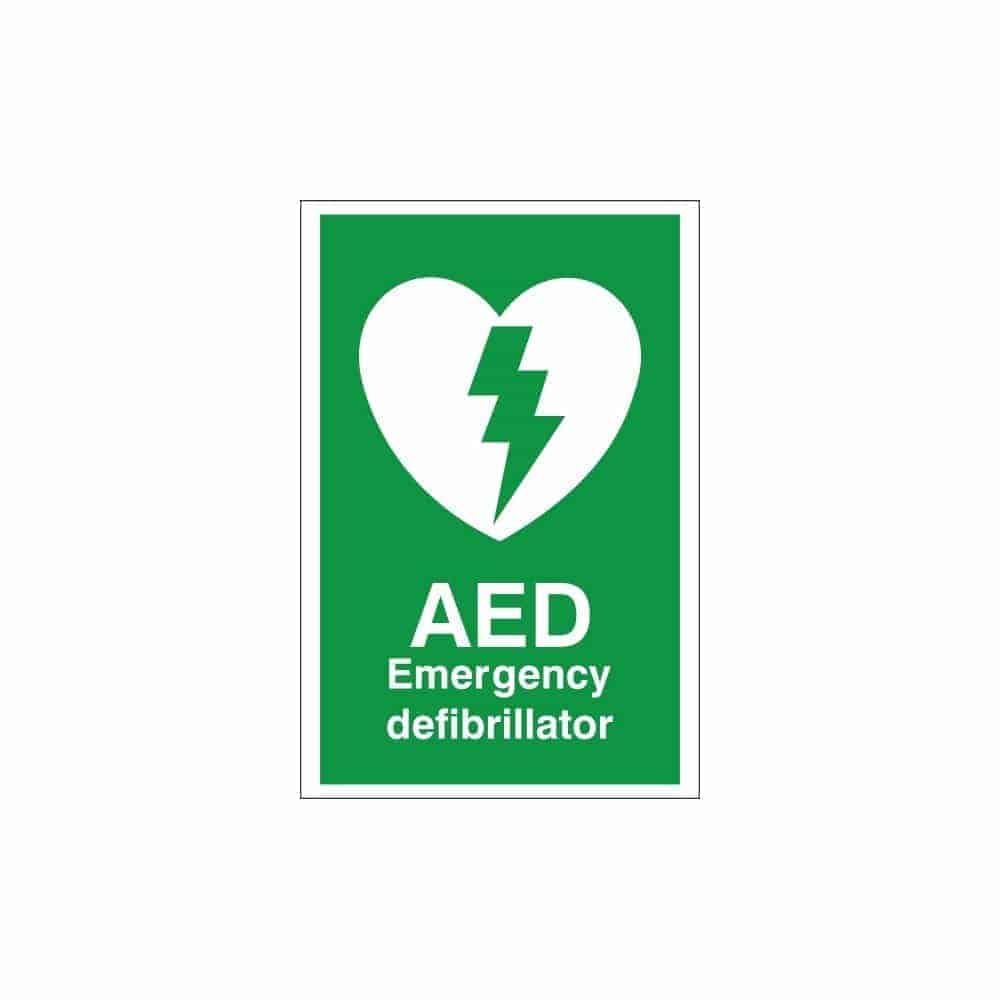
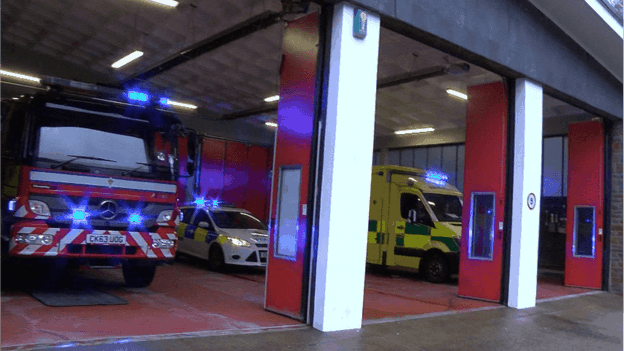
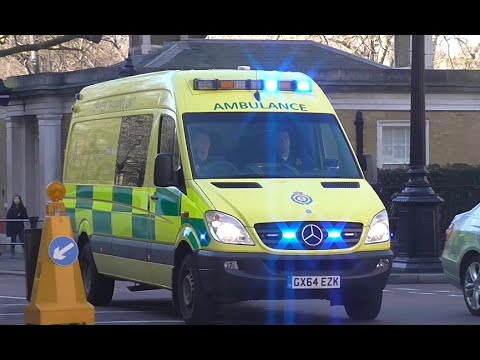


Tell Us What You Think!